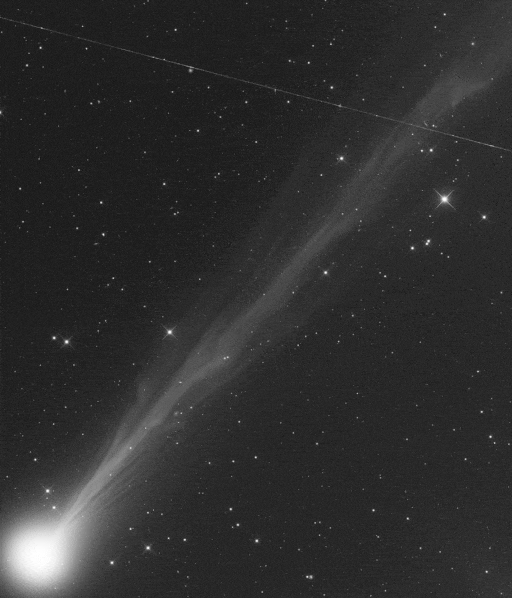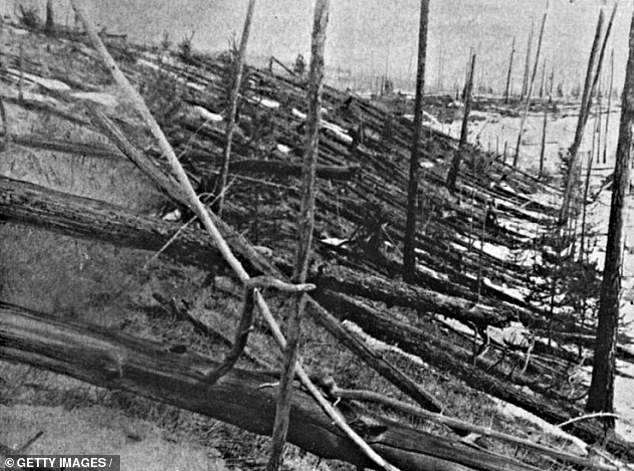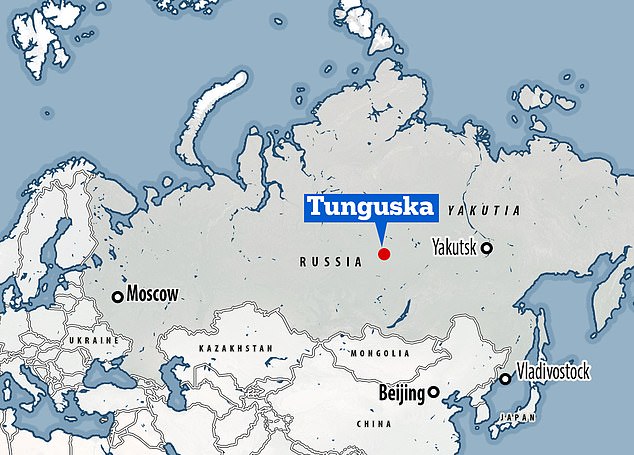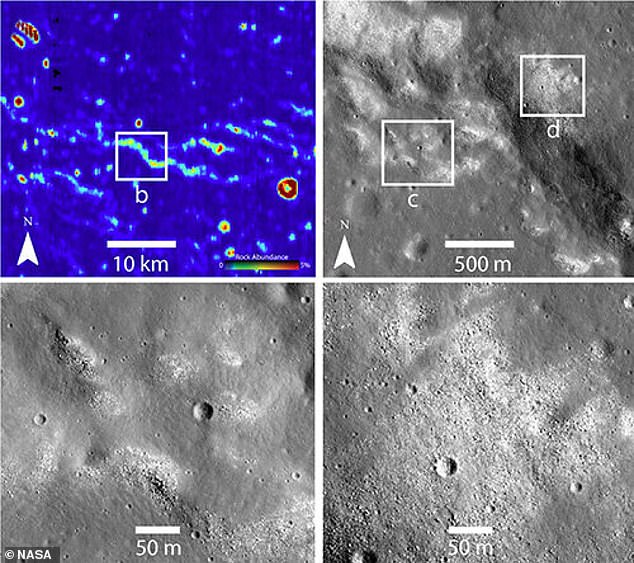Comet Swan. An unexpected outburst from Comet Swan means it is now eyeball visible – if you can see beyond the full moon. See https://spaceweather.com (6th May 2020). It is unclear what is happening at the moment as it is possible it might be the first stages of fragmenting – as Comet Atlas did a few weeks ago. What was seen was an outburst event as it approaches the Sun – or impacts with the solar wind. On May 12th it comes as close as it will to the earth and then on May 27th it swings around the Sun. More outbursts to come.

At www.dailymail.co.uk/sciencetech/article-8287993/ … sent in by Gary. The Tunguska event was caused by an asteroid that bounced back into space. The latest theory. This idea comes from Russian scientists and addresses the lack of a crater. It is said to have skimmed the planet at low altitude over Siberia, causing an explosion that flattened trees over an area of 830 square miles. Then it managed to get uplift – and flew back into space. Was the explosion down to a shock wave from the asteroid's trajectory rather than an impact. Why not an air burst? The idea comes we might suppose becaujse a space rock recently did hit the atmosphere but then sprang out again. No shock wave of note on that occasion. Might have been too small. The Tunguska object remains a mystery – but a lot of theories have evolved over the last hundred years.


At www.dailymail.co.uk/sciencetech/article-8286303/ … the moon could have an active tectonic system that shifts the surface. Is the moon a dead heap of rock – or not. Data from NASAs Lunar Reconnaissance Orbiter shows a ridge with freshly exposed bedrock on the surface, one of the signs of a seismically active world. This is just an idea at the moment and it may well flop.

